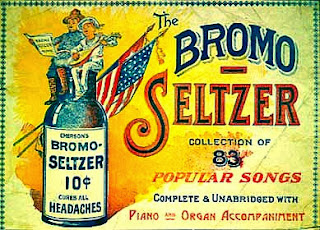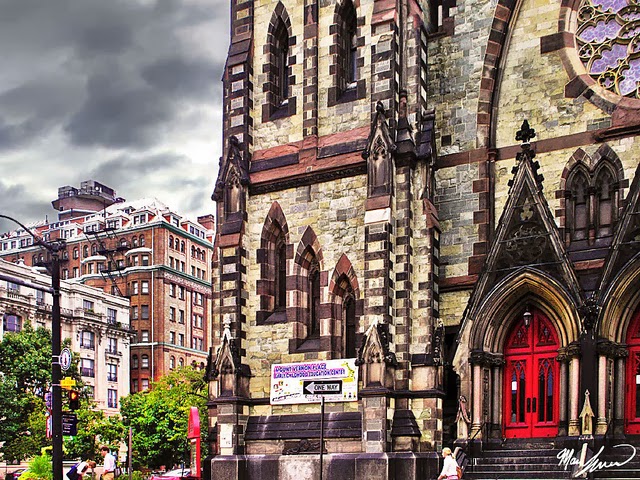 |
| AMERICAN BREWERY BREWHOUSE BUILDING http://ntcicfunds.com/projects/american-brewery-baltimore-md/ |
 |
| JOHN HOPKINS UNIVERSITY & HOSPITAL See more of the world's finest medical institution right here... http://themagicofbaltimore.blogspot.com/2013/12/john-hopkins-hospital-school-of-medicine.html |
 |
Pier 1 301 East Pratt Street Baltimore, MD 21202-3134 The last Civil War vessel afloat, the USS Constellation, was built in 1854 and is the last all-sail warship built by the US Navy. After years of restoration, she was returned to the Inner Harbor on July 2, 1999. ON WIKIPEDIA http://en.wikipedia.org/wiki/USS_Constellation_%281854%29 THE WEBSITE http://www.historicships.org/  |
| LEARN ALL ABOUT TODD'S INHERITANCE RIGHT HERE AT THE MAGIC OF BALTIMORE http://themagicofbaltimore.blogspot.com/2013/08/todds-inheritance-baltimores-real.html |
 |
| Entrance to the family graveyard THE BROMO SELTZER TOWER A photograph of Baltimore from 1931 |
THE SEVEN FOOT KNOLL LIGHTHOUSE http://en.wikipedia.org/wiki/Seven_Foot_Knoll_Light |
 |
PATTERSON PARK in BALTIMORE http://en.wikipedia.org/wiki/Patterson_Park |
 |
| IS THIS ONE OF THE MOST BEAUTIFUL PICTURES EVER, OR WHAT? |
 | ||||
FORT McHENRY http://en.wikipedia.org/wiki/Fort_McHenry |
EDGAR ALLAN POE'S HOUSE |
 |
| Learn more about Poe right here... http://themagicofbaltimore.blogspot.com/2013/12/edgar-allan-poe.html Poee lived here with his cousin, Virginia, and his aunt, Maria, from 1832 to 1835. While living in Baltimore, he wrote one of his first horror stories, "Berenice," as well as "MS Found in a Bottle," which he submitted to the Baltimore Saturday Visitor, winning a $50 prize. He spent most of his time here at 203 Amity Street |
DAVIDGE HALL http://medschool.umaryland.edu/davidge.asp |
 | |
| 552 W. LOMBARD STREET is open to the public |
THE PEALE MUSEUM http://en.wikipedia.org/wiki/Peale_Museum |
 |
| It was here that James Taylor's fascination with the bizarre was fueled when Baltimore's Peale Museum hosted a show called "Mermaids,
Mummies & Mastodons." Taylor was enthralled. THE PHOENIX SHOT TOWER http://www.baltimore.to/ShotTower/ |
 | |
| THE HORSE YOU CAME IN ON SALOON |
 |
| THE WASHINGTON MONUMENT of BALTIMORE |
 |
 |
 | |
| THE WASHINGTON MONUMENT STATE PARK This stone tower was quickly built on July 4, 1827, (To ensure that it was completed before the one in Baltimore City! lol ) by the citizens of Boonsboro, MD who marched to the site en masse after assembling in the town square at 7 a.m. At the end of that day, the tower stood at 15 feet high on a base 54 feet in circumference. Later that year, "after the busy season," workmen returned to complete the tower to a height of 30 feet. http://en.wikipedia.org/wiki/Washington_Monument_State_Park |
Mount Vernon Place United Methodist Church, Baltimore, MD |
| Greenmount Cemetery |
| PEABODY CONSERVATORY |
 |
| The Conservatory Library |
 |
| The Gayety Theater at E. Baltimore St. Baltimore, Maryland c1920 Here is a wonderful article posted in Baltimore of less.com By John H. Nickel, The Sun Magazine, 5/31/1970 http://www.baltimoreorless.com/2010/12/burlesque-gayety-theater/ |
 | |
| BALTIMORE RAILROAD MUSEUM |
 |
| THE BALTIMORE BASILICA http://en.wikipedia.org/wiki/Basilica_of_the_National_Shrine_of_the_Assumption_of_the_Blessed_Virgin_Mary |




























Bruh this shid be dope!!!
ReplyDelete